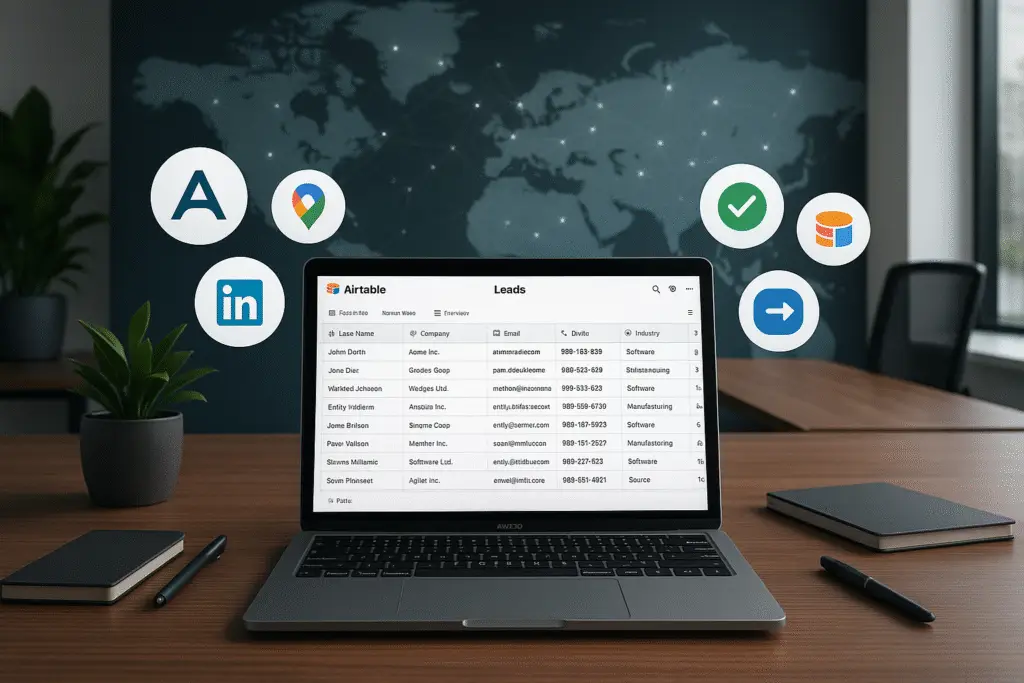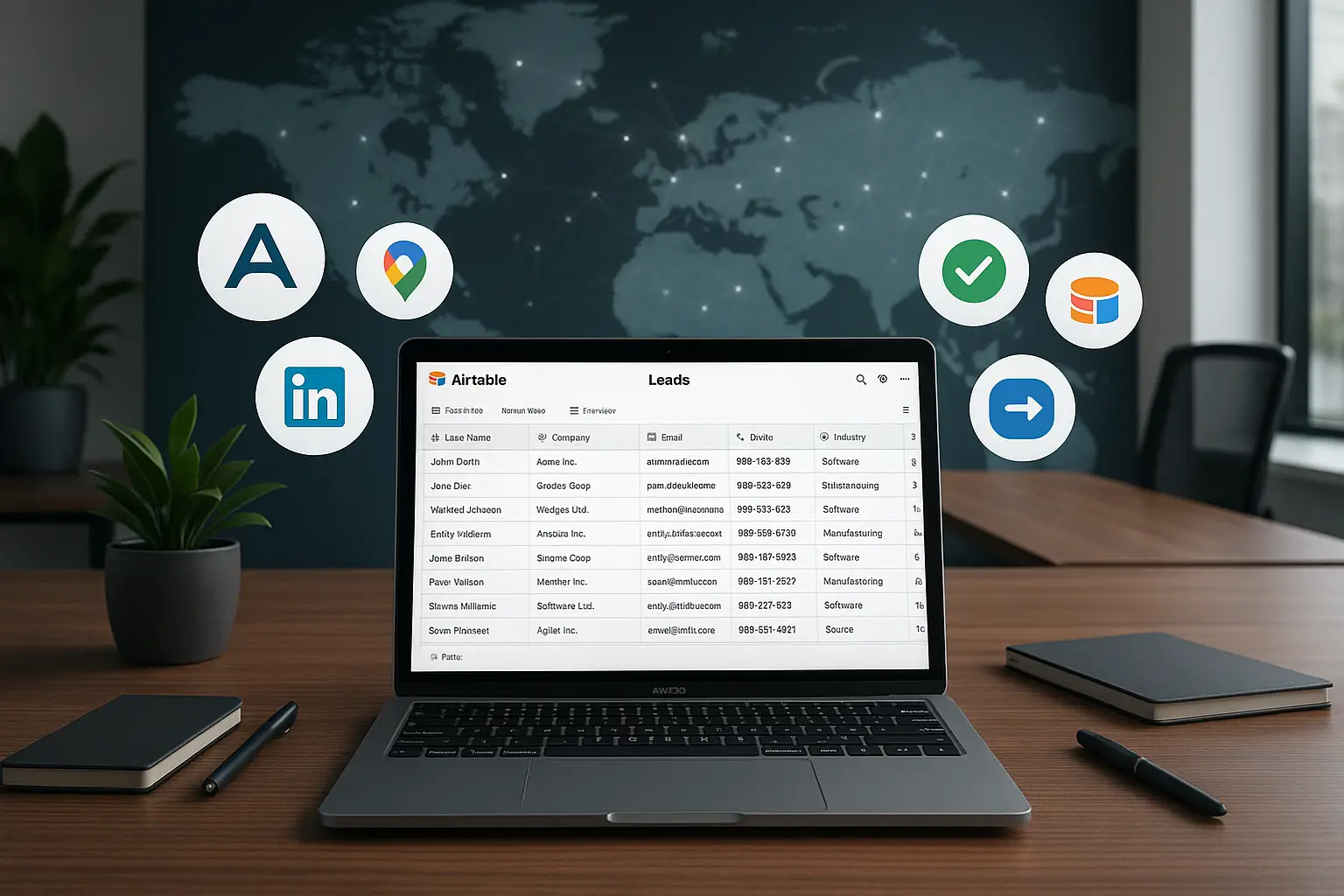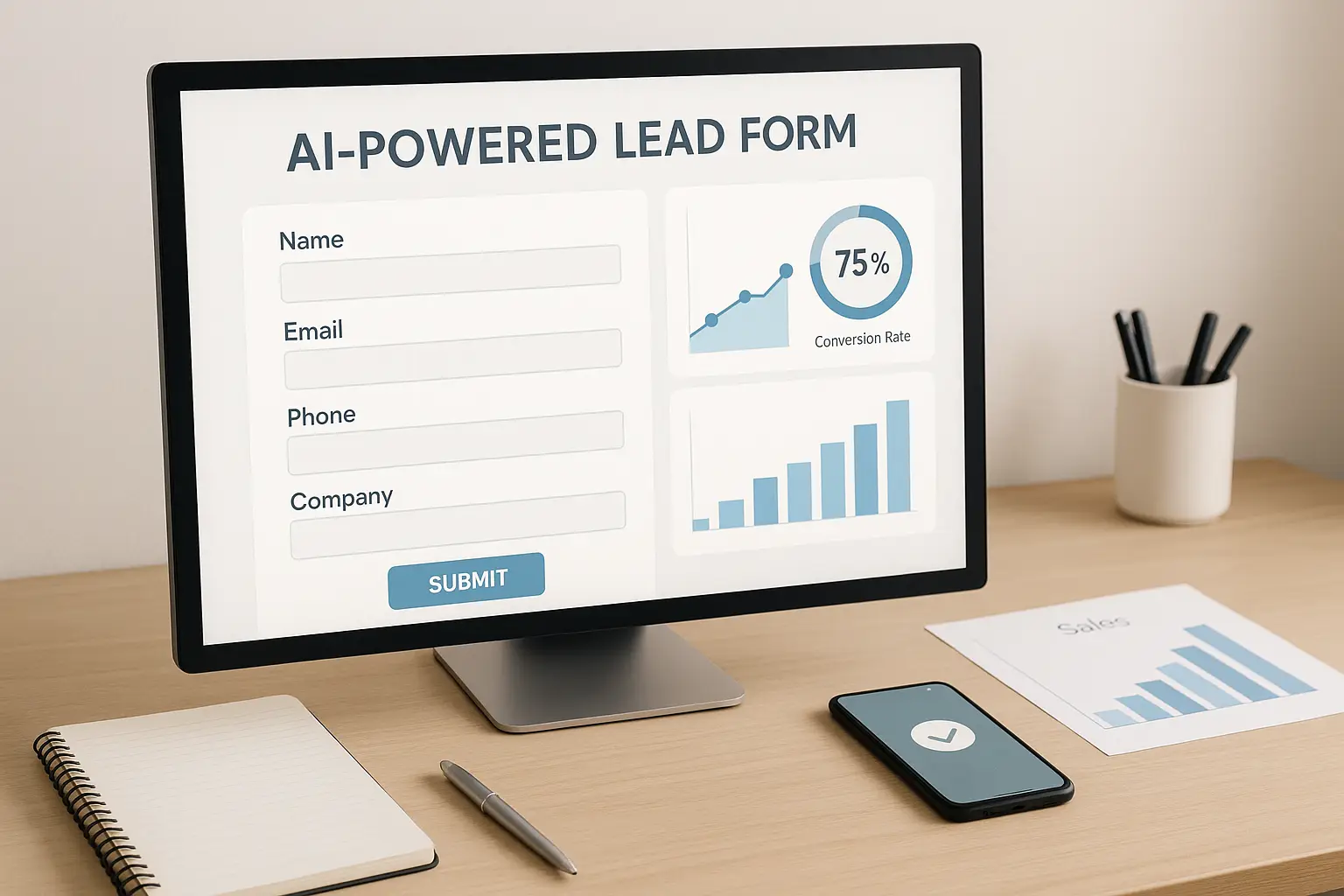Introduction: Transforming Your Lead Generation Strategy
Revamping your lead generation approach through automation requires a solid understanding of the overall system that you can use to enhance efficiency and data accuracy. A key challenge many face when utilizing free lead generation templates is the inconsistency and incompleteness of the data produced. These templates often yield unverified emails with little context, leaving users with more questions than answers. To overcome these shortcomings, a comprehensive lead generation system involving multiple scrapers and a well-integrated database is proposed.
This system employs ten scrapers to facilitate the collection and enrichment of leads from various platforms, such as Apollo, Google Maps, and LinkedIn. The process begins with lead collection, which is divided into three primary streams:
Understanding the Flaws in Traditional Lead Generation Templates
Conventional lead generation templates, often available for free across various platforms, present numerous pitfalls that can hinder your outreach efforts. A significant issue is that these templates typically generate inconsistent and incomplete data. For example, they might produce a basic scraper that can pull some contact information from the internet. However, once you have this data, you may find yourself overwhelmed with a collection of unverified emails and lack of context about these leads. Without proper insights into your potential clients, your outreach strategy can quickly become ineffective.
This is where the need for a more structured and reliable lead generation process becomes evident. Instead of relying on basic scrapers that offer limited functionality, a comprehensive system can transform your lead generation efforts. This system employs ten different scrapers to harvest data from diverse sources, including Apollo, Google Maps, and LinkedIn posts. It not only scrapes leads but also enriches company data, validates emails, produces contact summaries, and retrieves detailed LinkedIn profiles—all organized within a cohesive AirTable system.
Introducing the Complete Lead Generation System
In today’s digital world, effective lead generation is crucial for any business. Traditional methods often yield inconsistent, incomplete, and unreliable data. However, a new comprehensive lead generation system harnessing the power of ten unique scrapers provides a streamlined and efficient solution, ensuring high-quality data for your outreach campaigns.
Lead Collection: Harnessing the Power of Scrapers
The lead collection is composed of three key flows:
- Apollo Scraper: Apollo is a powerful platform offering a vast database of businesses. You can filter leads based on various criteria such as business type, job title, country, etc. The scraper automatically pulls this data into your AirTable database.
- Google Maps Scraper: This scraper is particularly helpful for targeting local businesses. You can input specific search queries to extract relevant business information from Google Maps directly into your leads database.
- LinkedIn Post Scraper: If you engage with your audience on LinkedIn, tapping into your post engagements can be gold. This scraper allows you to collect leads from users who interact with your posts, whether through likes or comments.
Enriching and Verifying Leads for Better Outreach
Once leads are collected, the system moves to the enrichment and verification phase. This includes several automated processes:
- Personal Information Enrichment: Utilizing LinkedIn profiles, the system gathers comprehensive personal details about the leads. This could include job titles, career summaries, and professional backgrounds.
- Company Information Enrichment: You can extract and summarize company data through LinkedIn and Google searches, providing rich context for each lead.
- Email Verification: Prior to reaching out, the system verifies emails to ensure they’re safe to contact using a dedicated email verification service. This critical step minimizes the risk of sending emails to invalid addresses, which could damage your domain reputation.
- Social Profile Scraper: For companies identified via Google Maps, this feature automatically collects their social media links, such as Twitter, Instagram, and YouTube, integrating them into your leads database for a more robust outreach strategy.
Setting Up Your Workflow in AirTable: Step-by-Step
To implement the system, you’ll set up several tables in AirTable:
- Apollo Leads Table: Here, store format-rich lead data sourced from Apollo, and utilize web hooks to enrich records systematically.
- GMAPs Leads Table: Aggregate leads extracted from Google Maps, and enable social link fetching based on identification.
- LinkedIn Leads Table: Store details from your LinkedIn engagements, classifying leads by source.
Each table uses automated workflows to trigger status updates, start processes for enrichment, and manage data effectively. For example, clicking on a button to enrich a person will initiate the workflow connected to the corresponding web hook.
Troubleshooting Common Issues in Lead Generation Automation
Identifying and addressing common challenges during the setup and execution of your lead generation system can significantly enhance the efficiency and effectiveness of your outreach efforts. Here are some practical solutions and tips to help you tackle frequent errors and prepare for potential pitfalls.
- One of the primary issues with standard lead generation templates is that they typically yield inconsistent and incomplete data. To overcome this challenge, implementing a robust lead generation system that integrates multiple scrapers can be highly effective.
- When setting up your lead generation system, it is crucial to have a well-designed AirTable database structure that separates lead collection from enrichment and verification.
- Make sure you are prepared for technical challenges, such as scrapers being blocked or experiencing downtime. For instance, if your primary Apollo scraper becomes unreliable, having a backup scraper configured ensures that your lead generation process remains uninterrupted.
Cost-Effective Strategies for Maintaining Your Lead Generation System
Understanding the financial aspect of sustaining your lead generation system is crucial. The proposed lead generation system employs a total of 10 scrapers, including tools that scrape data from Apollo, Google Maps, and LinkedIn.
When it comes to budgeting for this lead generation solution, it’s essential to assess the cost-effectiveness compared to traditional methods. A subscription cost of around $39 per month grants access to essential scrapers and tools necessary for effective lead enrichment.
Conclusion: Building a Sustainable Lead Generation Army
Ultimately, by establishing an automated lead generation system, you empower yourself with a robust tool that not only simplifies the collection and management of leads but also enhances the quality and efficiency of outreach efforts. This system helps in building a sustainable foundation for ongoing lead generation efforts, ensuring that your outreach strategies evolve over time.
Tools Mentioned
- Apollo
- Google Maps
- AirTable
- Appify
- Email Verification Services



